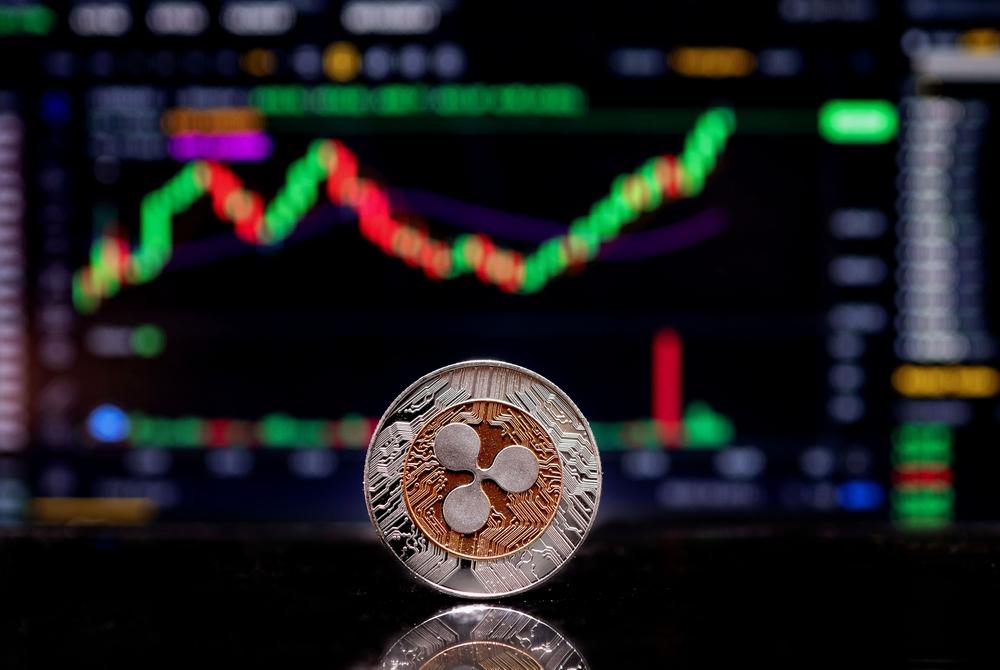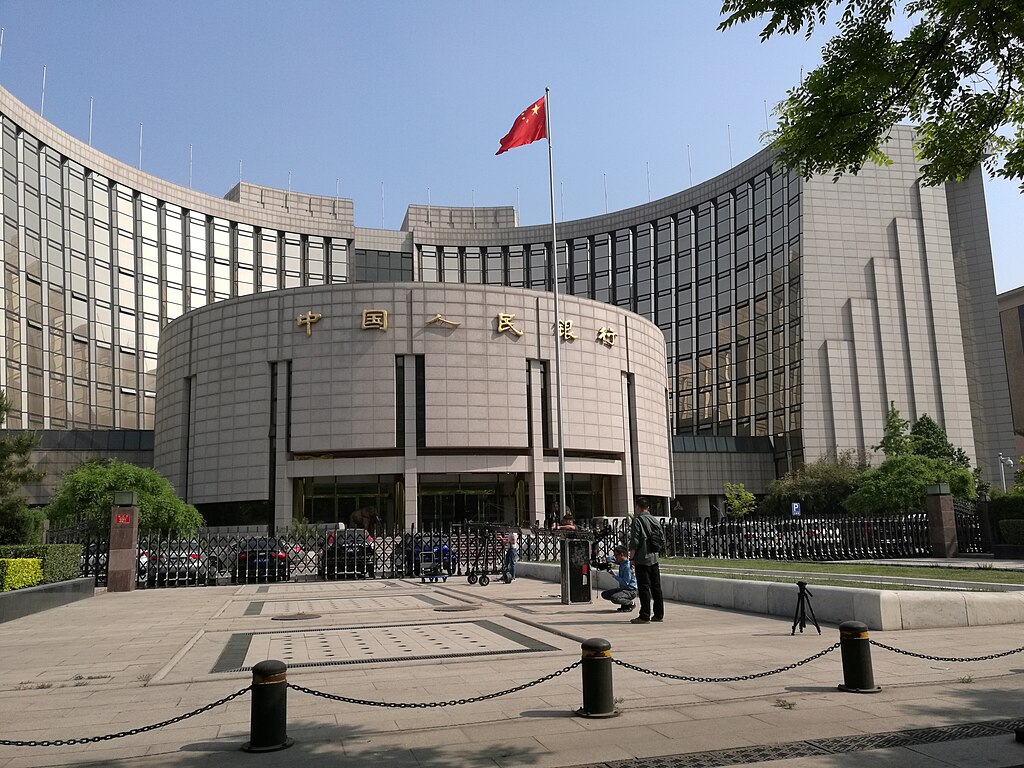China has moved a step closer to releasing its own central bank digital currency (CBDC).
The People’s Bank of China (PBC) has worked with private companies and they have completed the basic functions of the sovereign digital currency that they are working on. At present, they are drafting relevant laws to pave the way for its circulation, Global Times reported.
Third-party mobile and online payment platform Alipay is believed to be one of the companies that worked with China for its CBDC. It reportedly publicized five patents related to China’s official digital currency from Jan. 21 to March 17.
The patents covered various areas in digital currency including issuance, transaction recording, digital wallets, anonymous trading support and assistance in supervising and dealing with illegal accounts
"Judging from the patents, the first step of technological development has been basically completed,” an industry insider familiar with the matter who asked to remain anonymous told Global Times.
However, the source said that the next step might take longer because it involves more people as they have to work with banking and insurance regulators. Thus, there is still no date as to when the digital currency will be launched.
Cao Yan, managing director of Digital Renaissance Foundation, wants the central bank to accelerate the launch of CBDC because he believes that it can help in the financial sector amid the coronavirus outbreak especially that several central banks like the European Central Bank and the Bank of Japan have already cut their benchmark interest rates to near zero.
"If there is a chance China is considering lowering its interest rate into negative territory as a final option and directing such policy to commercial loans and lending, a circulated digital currency rather than M0 will be able to achieve that," Cao said.
Meanwhile, according to the “2020 China Blockchain Professional Development Report,” blockchain salaries drop in China despite the surging demands for blockchain professionals. The salary offers have reduced by 37% yearly since 2018.

























Comment 10